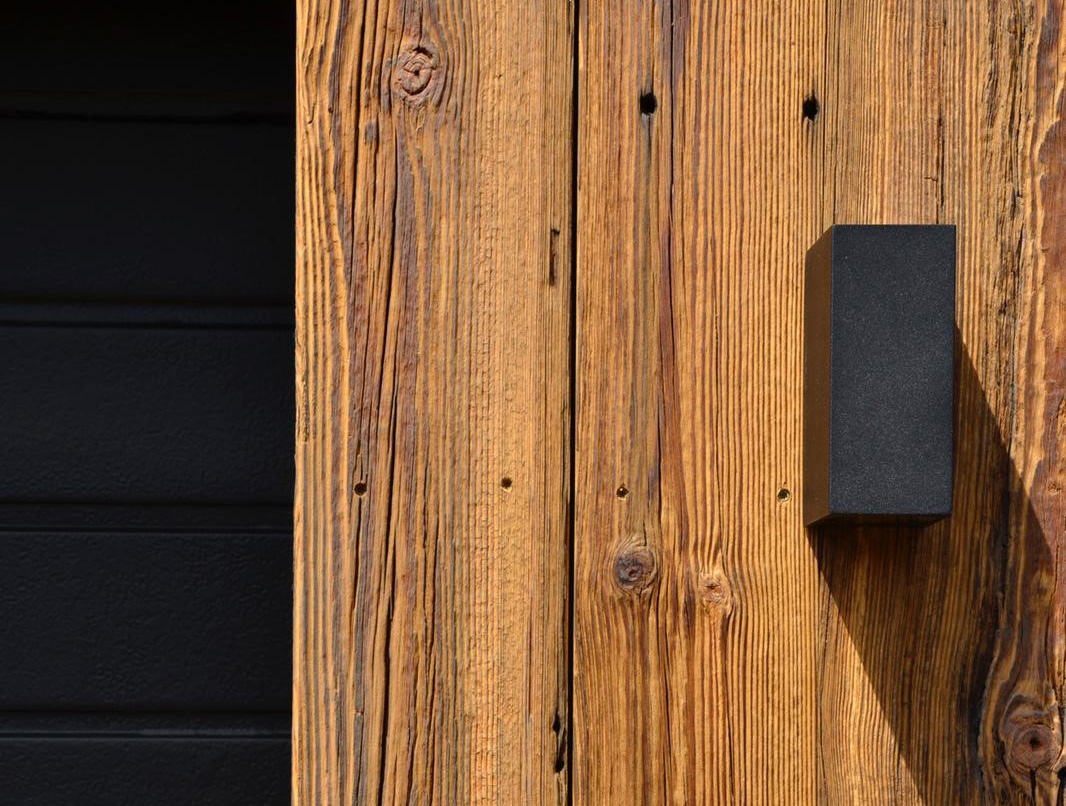
Keep the historical value in life
You will probably come across them in real life or in photos: The old barns, farms and mountain huts high in the Alps. These barns are often even older than we are. In the past, these barns were usually used to store hay. Due to the extreme weather conditions high in the Alps, the softwood planks are often beautifully and deeply grooved. The bright sun in summer and winter creates unique color patterns in the wood. The planks then get a black-gray to light brown color, which they call ‘Sonnengebrant’. Due to the weather influences, the old barns eventually must be demolished. During demolition, the released wood is sorted. It is precisely the siding that is often still in good condition because it has always been exposed to wind and weather. As a result, the planks have always been able to dry properly. After transport to the Netherlands, the wood is taken to the drying room. There the barnwood pine (Fichte) is dried for interior use. Drying also eliminates any insects.
After the drying process, the planks arrive at our processing center. We first sort them by color and length. After this, all iron is removed from the wood, as it often still contains nails, shrapnel, and bullets from the past. The next step is to mechanically clean the wood, which is also called brushing. The barnwood pine is also called Barnwood Fichte. This term comes from the local population of Austria and is often used as a name for coniferous wood. This beautiful building material is often used as roofing, wall cladding, kitchen fronts and siding.
| Applications | Sizes & stock |
| Kitchens | Lengths: 100 – 400 cm |
| Façade cladding | Width: 15-40 cm |
| Roof decking | Thickness: +- 2/3 cm |
| Interior construction | Price: ask price list |
| Furniture | Stock: Yes |
| Wall covering | Contact us for a no-obligation quote. |
| Ceiling |